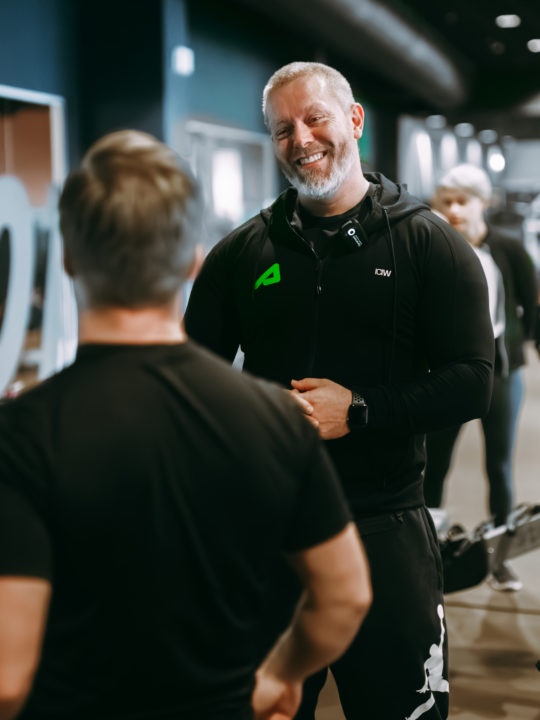How much you earn as a personal trainer depends largely on the type of education you choose.
In addition, your salary is influenced by which fitness chain you work for and what type of employment you have (self-employed or employee).
Can I make a living as a personal trainer?
The answer is definitely yes. Being a personal trainer now has a much clearer professional status than just a few years ago, and more and more people are working full-time as PTs—not just in major cities, but all across the country.
Even though personal training is now a recognized full-time profession, for many it is also an excellent part-time job. Maybe you already have another job or are still studying? If so, working as a PT is a fantastic way to earn extra income, as you largely control your own schedule. In addition, the hourly wage for PTs is significantly higher than in most other part-time jobs.
Estimates made by Active Education, based on current rates from the largest fitness chains, show that even in a part-time position where you only work 5 hours a day, you can earn more than 30,000 US dollar per year.

What is a realistic salary when working full-time as a personal trainer?
If you work full-time as a personal trainer—around 8 clients per day, Monday through Friday—you can expect to earn a solid annual income. Globally, full-time personal trainers typically earn between $30,000 and $70,000 USD per year, depending on location, experience, and business model. In high-demand markets like the United States, UK, Australia, and parts of Scandinavia, top trainers can earn over $100,000 USD annually, especially if they work with high-end clients, offer group training, or run their own business. By adding more clients per day or working occasional weekends, income potential increases significantly.
Many graduates from Active Education report reaching strong earnings within their first year, and some even exceed what is considered a high-income threshold in the fitness industry. In some leading fitness chains, top-performing trainers have been reported to earn over $150,000 USD per year.
While it is absolutely possible to earn a very competitive salary as a personal trainer, it’s important to recognize that—like in any profession—success requires dedication, consistency, and often long or irregular working hours, particularly in the beginning.
Should I become a independent contractor, or a employee?
Personal trainers who operate as independent contractors often have the greatest earning potential. This is because they have the freedom to determine their own rates and aren’t required to give a portion of their earnings to a gym or employer. According to the International Sports Sciences Association (ISSA), certified independent trainers can earn up to ten times more than those employed by fitness organizations. These trainers may work directly with private clients or provide services as external contractors to gyms or wellness companies.
A common starting point for many personal trainers is employment at a commercial gym, fitness center, or training program. Trainers in these roles generally earn a base wage—often near the minimum hourly rate—and receive commissions for the personal training sessions they deliver. Commissions typically range from 30% to 60% of the session fee. However, factors such as a trainer’s education level, professional experience, and certification status can significantly impact how much they earn per session.
How do I maximize income as a personal trainer?
- Choosing the right certification to set you up for success. The certification should give you the knowledge on how to find your clients (marketing), how the human body works and how to train your clients properly (anatomy and exercise science), and finally how to acquire customers (sales and services).
- Continuing education and niches. The certification is there mere first step towards becoming a personal trainer. Successfull trainers never stops learning, and eventually find their niche customer and becomes an expert in that field, whether it be training young mothers, senior adults or professional athletes
- Offering multiple produces. By offering online coaching, 1-1 physical sessions, seminars and group training it’s easier to find products to better fit your customers need, thus expanding your potential for sales.
- Marketing. If you’re not on social media, you don’t exist. The best trainers invest a lot of time and effort into social media, in order to establish a follower base with potential clients. This positions them as the number one pick when a follower is in need of expertise and guidance.